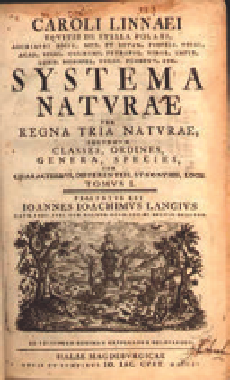Information Technology Reference
In-Depth Information
can process and understand the actual data on the web. This vision will become
reality when web search engines have access to machine-readable knowledge
that enables them to reason and make “intelligent” decisions.
The early optimism of the Dartmouth workshop attendees - Allen Newell,
Herbert Simon, John MacCarthy, and Marvin Minsky - was typified by the
quotation that introduces this chapter. A more realistic perspective has now
replaced this optimism. As the computer scientist David McAllester said in a
1998 paper on machine learning:
In the early period of AI it seemed plausible that new forms of symbolic
computation … made much of classical theory obsolete. This led to a form of
isolationism in which AI became largely separated from the rest of computer
science. This isolationism is currently being abandoned. There is a recognition
that machine learning should not be isolated from information theory, that
uncertain reasoning should not be isolated from stochastic modeling, that
search should not be isolated from classical optimization and control, and
that automated reasoning should not be isolated from formal methods and
static analysis.
12
Fig. 13.6. Swedish botanist, physician,
and zoologist, Carolus Linnaeus, pub-
lished his classification of living things
in 1735. This was an early attempt at
constructing a knowledge representation
for species of animals and plants.
Computer chess and Deep Blue
In the early days of computing, most people thought that computers were
just machines that were capable of carrying out complex arithmetic calcula-
tions very rapidly. A few of the early pioneers, like Turing and Shannon, spec-
ulated that computers one day would be able to play chess, a task that had
always up until then been considered to require human intelligence. Donald
Michie summarized the interest of chess for AI as follows:
Computer chess has been described as the “Drosophila melanogaster” of
machine intelligence. Just as Thomas Hunt Morgan and his colleagues were
able to exploit the special limitations and conveniences of the “Drosophila”
fruit fly to develop a methodology of genetic mapping, so the game of chess
holds special interest for the study of the representation of human knowledge
in machines. Its chief advantages are: (1) chess constitutes a fully defined and
well-formalized domain; (2) the game challenges the highest levels of human
intellectual capacity; (3) the challenge extends over the full range of cognitive
functions such as logical calculation, rote learning, concept-formation,
analogical thinking, imagination, deductive and inductive reasoning; (4) a
massive and detailed corpus of chess knowledge has accumulated over the
centuries in the form of chess instructional works and commentaries; (5) a
generally accepted numerical scale of performance is available in the form of
the U.S. Chess Federation and International ELO rating system.
13
Claude Shannon's 1950 article “Programming a Computer for Playing Chess”
that spelled out a complete set of ideas for computer chess, including how to
represent board positions, searching the “game tree” of possible moves, and
using procedures called
evaluation functions
, by which players use knowledge of
the game to judge each possible move and choose the best ones. In game the-
ory, a
game tree
is a graphical representation of a sequential game consisting of
Fig. 13.7. The DBpedia project is trying
to structure the content of Wikipedia
by using an army of volunteers -
'crowdsourcing' - to perform the work
required.


Search WWH ::

Custom Search